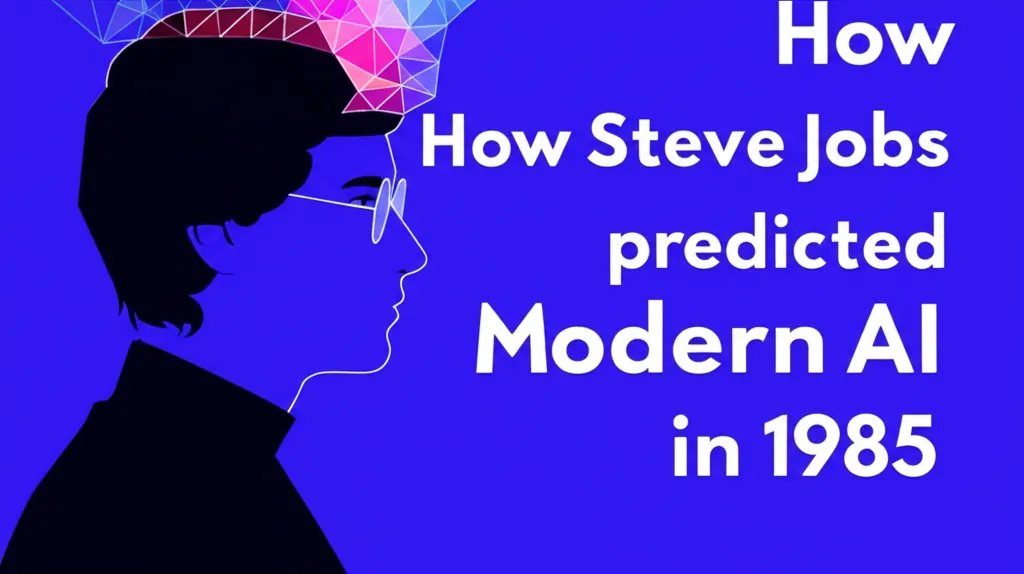How Using ChatGPT Affects Your Brains Engagement
A new study has found that the brains of individuals writing an essay with ChatGPT are less engaged compared to those who are blocked from using any online tools. This investigation is part of a wider effort to understand if AI encourages cognitive laziness.
Nataliya Kosmyna, a computer scientist at the MIT Media Lab, led a team that measured the brain-wave activity of university students as they wrote essays. The participants were divided into groups, with some using a chatbot, others using a standard internet search tool, and a third group working entirely offline. While the primary result was expected, the study revealed intriguing details. For instance, there were indications that relying on a chatbot for initial tasks might result in lower brain engagement even after the tool is no longer in use.

Echoing various online discussions about the study, Kosmyna is careful to note that the results should not be overblown. She emphasizes that the study, which involved a few dozen participants over a short period, did not show “dumbness in the brain, no stupidity, no brain on vacation.” The research, posted on the preprint server arXiv, cannot determine if habitual chatbot use permanently reshapes our thinking or how the brain might respond to other AI-assisted tasks.
The Essay Experiment
Kosmyna's team recruited 60 students from universities around Boston and asked them to write short essays on SAT-style questions, such as “should we always think before we speak?” The participants were divided into three groups:
- One group used ChatGPT as their only information source.
- Another used Google for research, without AI-generated answers.
- The third group was completely offline.
Each student wore an electrode cap to collect electroencephalography (EEG) readings, which measure electrical activity and show how different brain regions are communicating.
What the Brain Scans Revealed
The students who wrote essays using only their own minds showed the most robust and wide-ranging connectivity across brain regions. They also demonstrated more activity flowing from the back of their brains to the front, which is associated with decision-making. Unsurprisingly, this group was also better at recalling quotes from their own essays afterward.
By comparison, the Google group showed stronger activations in brain areas linked to visual processing and memory. The chatbot group, however, displayed the least amount of brain connectivity during the essay-writing task.
Kosmyna points out that more brain connectivity is not inherently good or bad. Increased activity could signify deeper engagement, but it might also indicate inefficient thinking or cognitive overload.
Creativity and Cognitive Practice
Interestingly, when participants who initially used ChatGPT switched to writing without any tools, their brain connectivity increased—but not to the same level as those who worked offline from the start.
Adam Green, a cognitive neuroscientist at Georgetown University, notes this aligns with a concern among creativity researchers. “Overuse of AI, especially for idea generation, may lead to brains that are less well-practised in core mechanisms of creativity,” he says.
However, Green also highlights the limitations, pointing out that only 18 people were in this part of the study, adding uncertainty to the findings. He suggests alternative explanations, such as the fact that rewriting an essay is a different cognitive task than creating one from scratch.
In a confounding twist, the study also found that switching to a chatbot after writing an essay offline actually boosted brain connectivity. Kosmyna suggests this means the timing of when AI tools are introduced could be crucial. Many educational scholars remain optimistic about using chatbots as powerful, personalized tutors that guide students to ask reflective questions rather than just providing answers.
Guido Makransky, an educational psychologist at the University of Copenhagen, called it an “interesting paper” but noted, “In the real world, students would and should interact with AI in a different way.”
This research was first appeared on Nature and is based on a preprint study.


